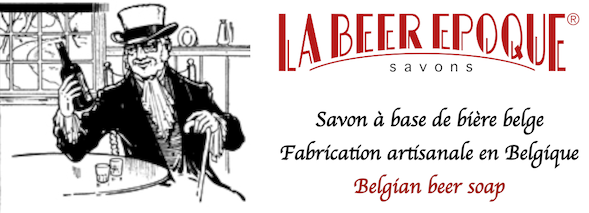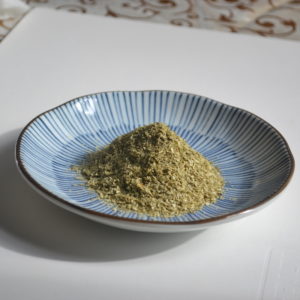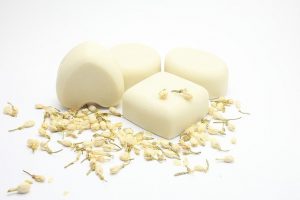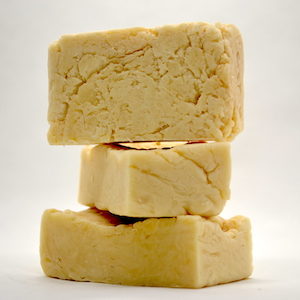INCI name of soap ingredient
The ingredients you see on our soap box, are the INCI names of different soaps molecules. Each soap molecule is a saponified fatty-acid from an oil/fats ingredient. That’s why it makes more sense for soap makers to talk about the raw materials – the oils and fats – and other additives in the witch’s pot.
Please note, soap only refer to soap molecules derived from the saponification process of oils/fats and is naturally alkaline. Any other form of surfactants that gives similar ‘cleaning’ power’, alkaline or not, are not natural soap.
Palm-free soaps
Nowadays, palm oil, which has been an essential raw material in cosmetics and food industry, is less appreciated by the soap & cosmetics makers, due to its relationship, though not a key factor, to global deforestation. La Beer Epoque has also chosen not to use palm oil in our products. We also favours sourcing suppliers within and around the EU.
La Beer Epoque soaps use traceable ingredients from renowned suppliers across Europe.
Key soap ingredients: fats and oils
| Ingredient | Origin | in which LBE soap | What so good about it |
| Shea Butter | Africa | All | High in Oleic and Stearic fatty acids, contributes to mildness and longevity of a soap. |
| Mango Butter | India | Fruitas | High in Oleic and Stearic fatty acids, it contributes to hardness and longevity of a soap, and adds luxurious conditioning and moisturising values as well. |
| Avocado oil | USA Africa | Sudoras | High in Oleic fatty acid, it contributes to the soap’s mildness. |
| Olive oil | Spain | all | High in Oleic fatty acid, it contributes to the soap’s mildness. |
| Coconut oil | Netherlands Philippines | all | High in Lauric and Myristic fatty acids, it contributes to rich lather, cleansing power and a long lasting soap. |
| Castor oil | India | all | High in Ricinoleic fatty acid, it contributes to bubbly lather. |
| Canola oil | Netherlands | Essentials E, Essentials Houblon | High in Oleic and Linoleic fatty acids, it contributes to the mildness of the soap. |
| Water | Belgium | all | Water is essential in the hydrolysis process of lye. |
| Lye | Belgium | all | or Caustic Soda, composing of a sodium molecule and hydroxyl group, reacts with fatty acids in oil/fat to form soap molecules and glycerin. After such reaction, all lye molecules are all consumed and traces of oils are left in addition to the natural glycerin formed. |
Article by KA LAB




Pingback: Fruitas - normal to dry skin - La Beer Epoque
Pingback: Sudoras Day & Night - for big sweats - La Beer Epoque
Pingback: Sudoras Day & Night - for the big sweats - La Beer Epoque
Pingback: Sudoras Day & Night soap - for the big sweats - La Beer Epoque